Bias tapes: Different types and their usage
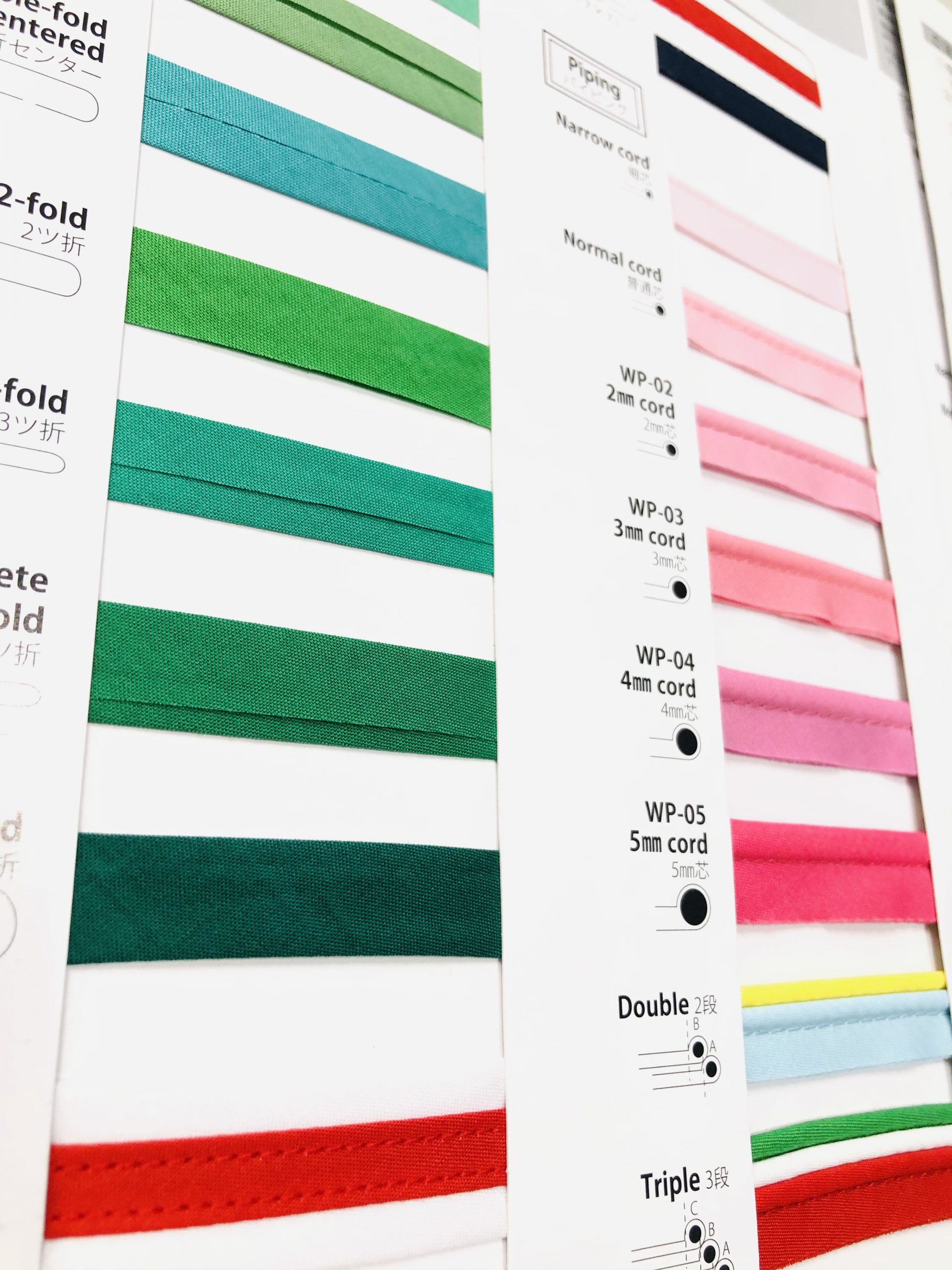
Bias tape is indispensable for making clothes, but there are quite a few different types, processing forms and widths. If you choose the wrong material or processing form, you may not be able to sew well, or it may look different.
In this article, let go through different types of bias tapes and how to order them.
You may also interested in our previous article, Piping and bias tape: A beginner guide.
What is bias tape?
Bias tape is a tape made by cutting fabric at a 45 degree angle.
By cutting the fabric at an angle, even non-stretchable fabrics become stretchable, making it easy to sew around the edges of curved necklines, on the back side of garments, and on armholes, etc.
The reason for cutting at 45 degrees is, first of all, that the fabric has a grain, which makes it difficult to stretch vertically and easy to stretch horizontally.
By taking advantage of this characteristic, the fabric can be cut at an angle, allowing it to stretch freely. (45 degrees diagonally is called a regular bias, and the most stretchable fabric is a regular bias.)
How to order bias tape
In handicraft stores, bias tape is sold under household use.
If you do not use that much, or need it for samples…etc., household version can be helpful.

If you want to use a lot of bias tape for mass production, you can specify the fabric, processing form, width, etc., and make arrangements as if you were ordering made-to-order.
If the manufacturer has the fabric in stock, it can be arranged in about one week, depending on the order quantity.
If you would like to use a lining fabric for your clothes instead of an existing one, we can make bias tapes from the lining fabric.
In this case, due to the bias tape processing machinery, the minimum length of fabric to be used is 3 meters.
However, if the material is difficult to fold, it may not be possible to make bias tape depending on the type of fabric, so it is advisable to check in advance.
Types of Bias Tape
The existing bias tape lineup can be broadly divided into fabric and synthetic leather. This time, we would like to introduce the bias tapes made by Asahi Bias.
Tetoron Bias Tape

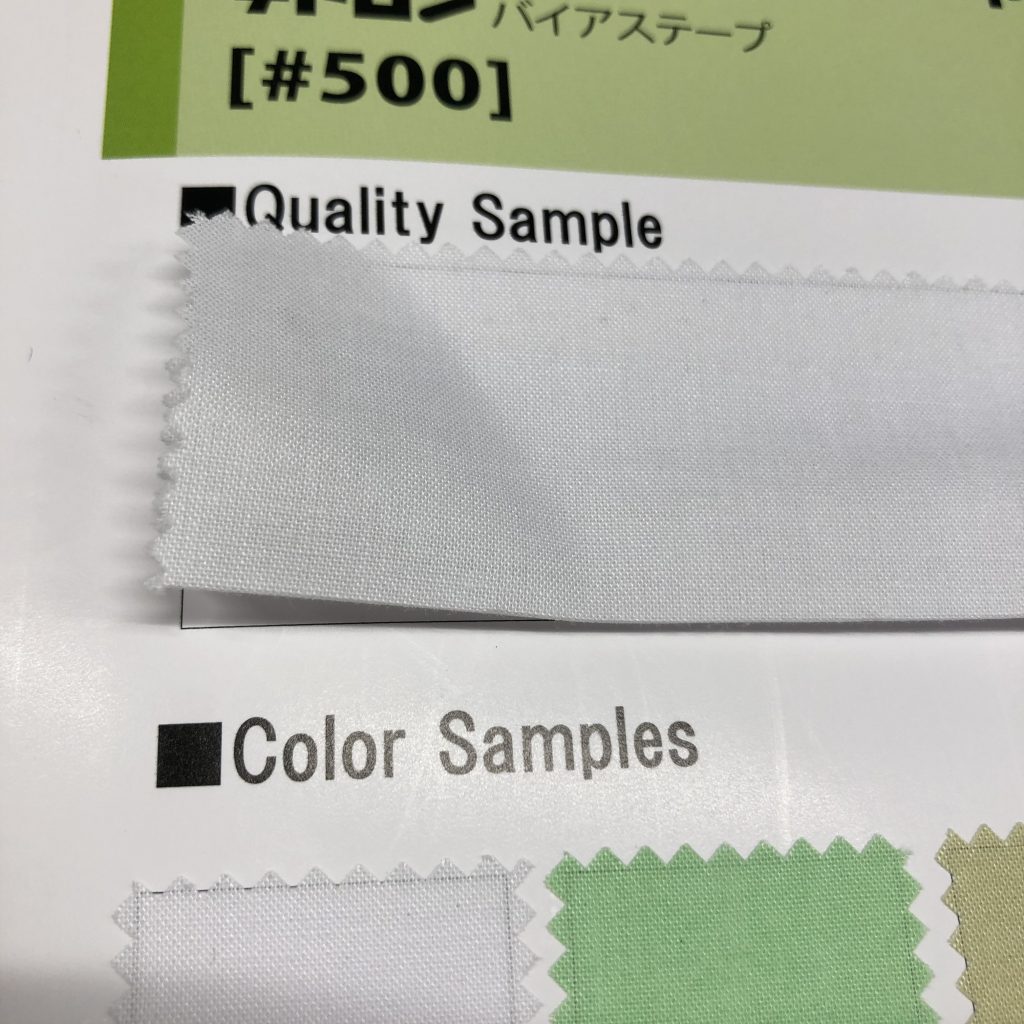
Tetoron is a type of polyester fiber.
It is said that when Toray Industries, Inc. and Teijin Limited introduced polyester yarns to Japan, they decided to create a joint brand name by taking the first letters of Teijin and Toray, respectively, to stand for nylon.
This Tetoron bias is made of 65% polyester and 35% cotton and is thin, but has a moderate firmness, making it a standard bias tape product that blends easily with different materials.
It is a standard product for bias tape. It is available in many colors and can be easily matched to fabrics.
Decine Bias
![デシンバイアス(フラット) デシンバイアス(フラット)[リボン・テープ・コード] アサヒバイアス(渡邉布帛工業)](https://www.apparelx.jp/img/item/OKURA/1026994.jpg)
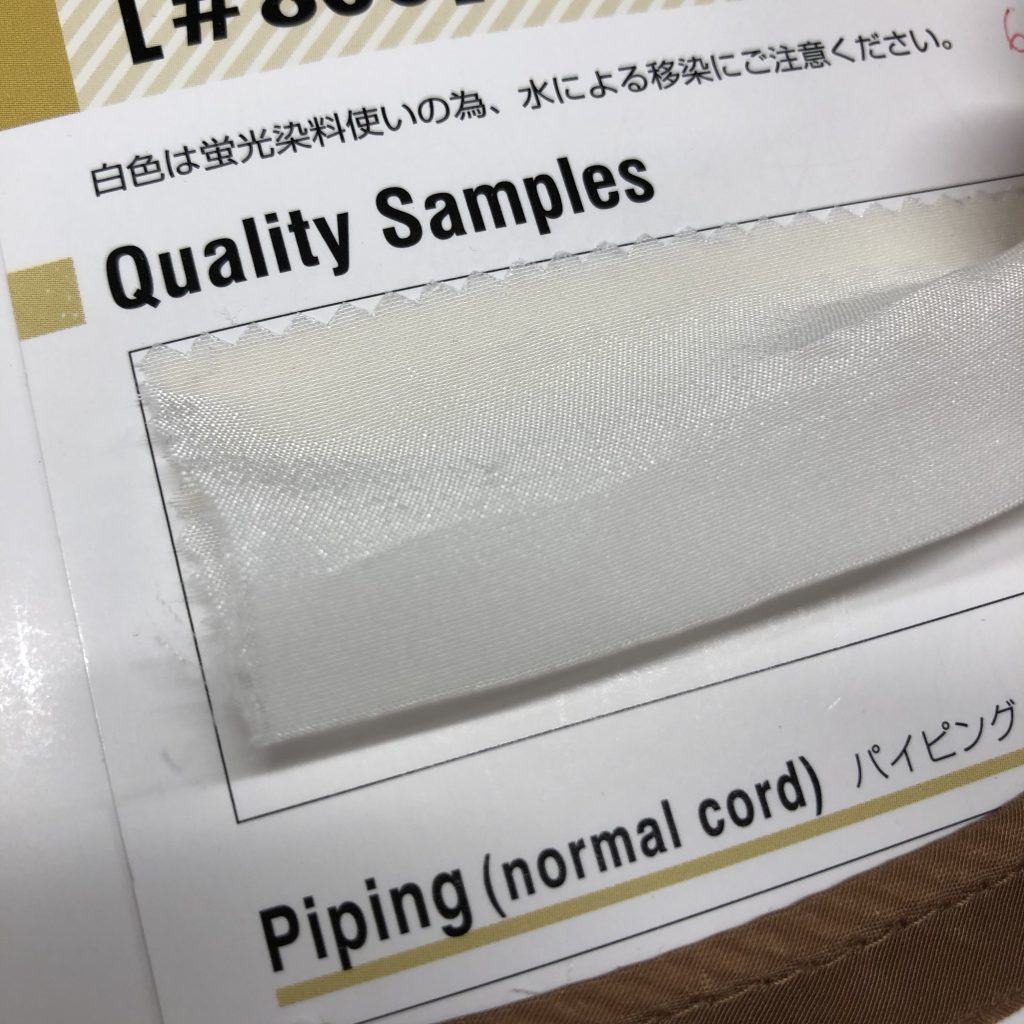
Decine Bias (Flat) Desin Bias (Flat) [Ribbon/Tape/Cord] Asahi Bias
Decine is a plain weave fabric woven with strongly twisted weft yarns, and is characterized by its luster, unique grain, and soft and pleasant texture.
This desing bias is made of Asahi Kasei’s Bemberg (cupra).
It is recommended for use in bias tapes for thin and soft fabrics.
Family Cotton Bias
![ファミリーコットンバイアス(フラット) ファミリーコットンバイアス(フラットバイアス)[リボン・テープ・コード] アサヒバイアス(渡邉布帛工業)](https://www.apparelx.jp/img/item/OKURA/1027372.jpg)
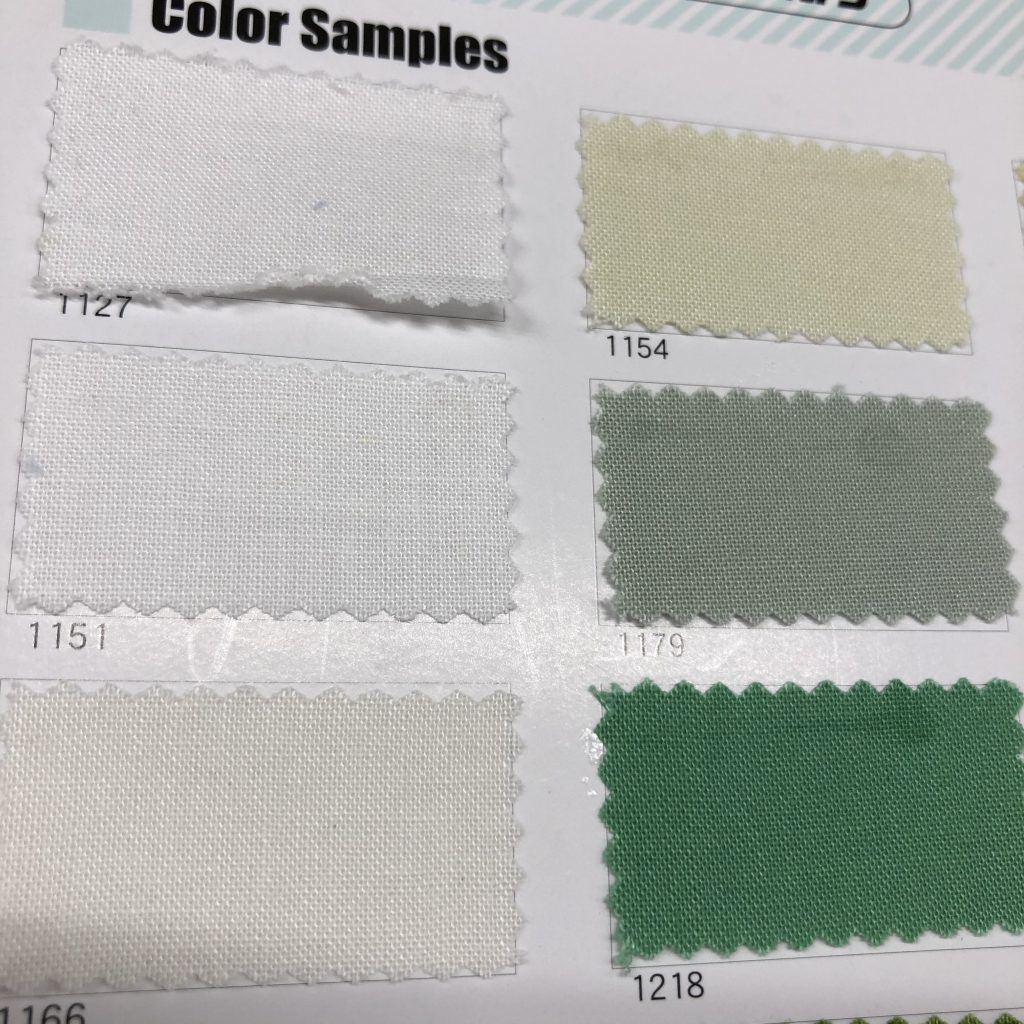
Family Cotton Bias (Flat) Family Cotton Bias (Flat Bias) [Ribbon, Tape, Cord] Asahi Bias
Family cotton is a soft cotton fabric woven with the same number of warp and weft yarns. It was originally developed for patchwork quilts. Therefore, it is a bias tape with good needle penetration and durability for hand-sewn patchwork.
It has a softer texture than the Tetoron bias introduced earlier because it is 100% cotton.
Polyester Satin Bias
![T900ポリサテンバイアス(両折) ポリエステルサテンバイアス(両折)[リボン・テープ・コード] アサヒバイアス(渡邉布帛工業)](https://www.apparelx.jp/img/item/OKURA/1072886.jpg)

100% polyester satin bias is characterized by its elegant luster and soft, smooth texture. It also has an antistatic finish and is recommended for clothing as well as costumes.
Mayfair Tape
![メイフェア(両折) メイフェア テープ(両折テープ)[リボン・テープ・コード] アサヒバイアス(渡邉布帛工業)](https://www.apparelx.jp/img/item/OKURA/1027647.jpg)
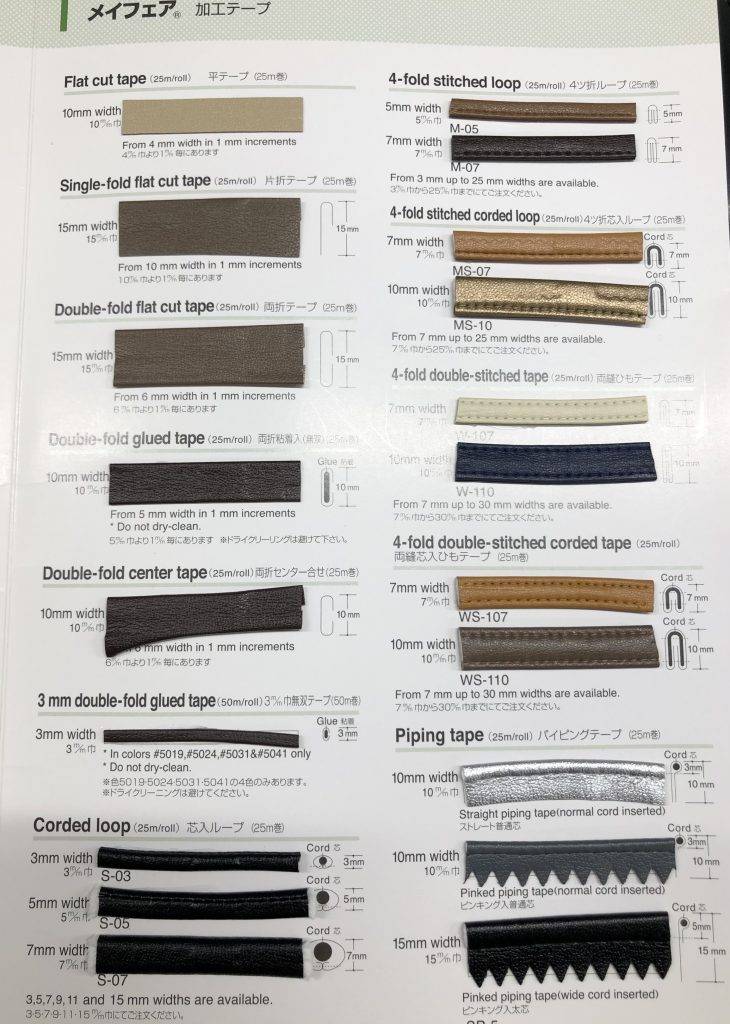
Mayfair Tape (double-fold) Mayfair Tape (double-fold tape) [Ribbon, Tape, Cord] Asahi Bias
MAYFAIR is a top quality synthetic leather with moderate firmness and warmth. It is very soft and smooth to the touch, making Mayfair perfect for use as tape. In addition to bias tape, the loop with a core can be used for small bag tapes, etc.
Processing Style
Bias tape can be made in a variety of ways and widths.
The most popular type is “flat bias.
The fabric is simply cut on the bias to the specified width.

Flat bias tape is sewn by attaching a special attachment to the sewing machine and wrapping the tape around the seam allowance.

The next popular type of bias tape is the double-fold bias. Since both ends of the tape are folded toward the center, this can be folded in half, covered and sewn.
In the photo above, the bias is 12mm and is folded both ways, so when it is covered and sewn, the finished product will be 6mm.
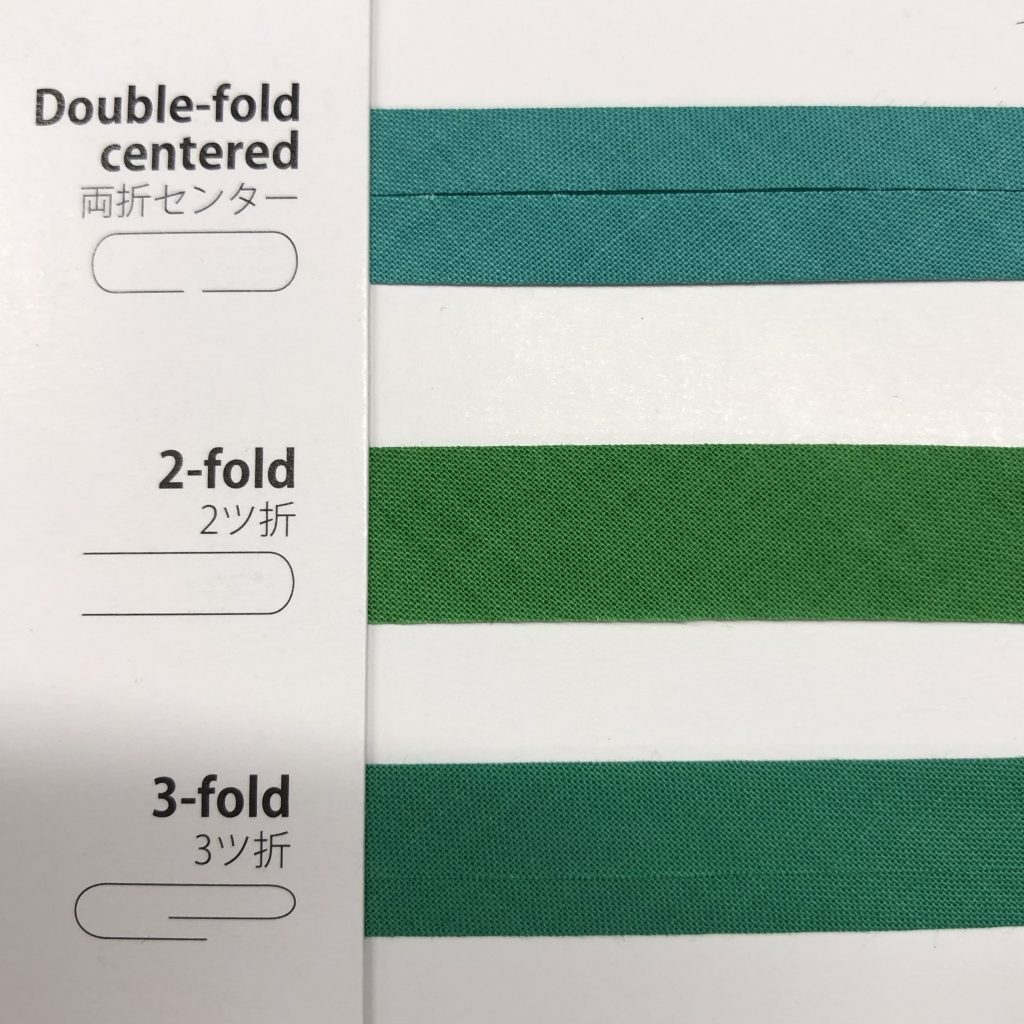
Other processing methods
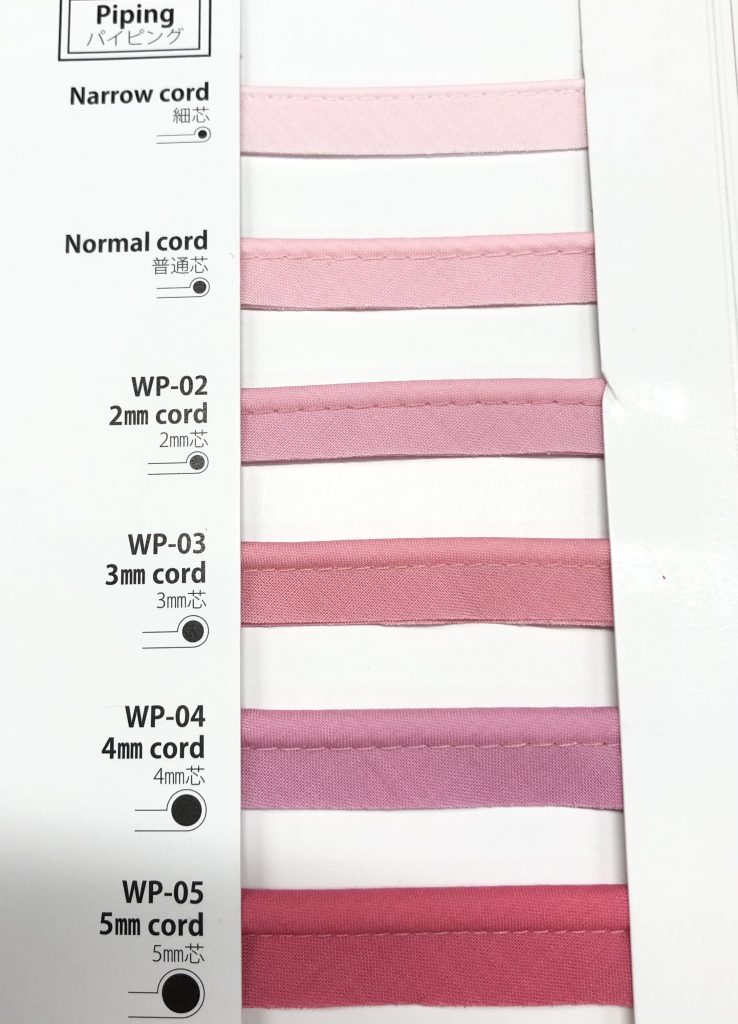
Conclusion
There are various types of bias tapes, depending on the combination of materials, processing forms, and widths. The type of tape to be used will depend on the type of finish you want to achieve.
For more ribbons, tapes, and cords, please go to the ApparelX Ribbons, Tapes, and Cords page.



